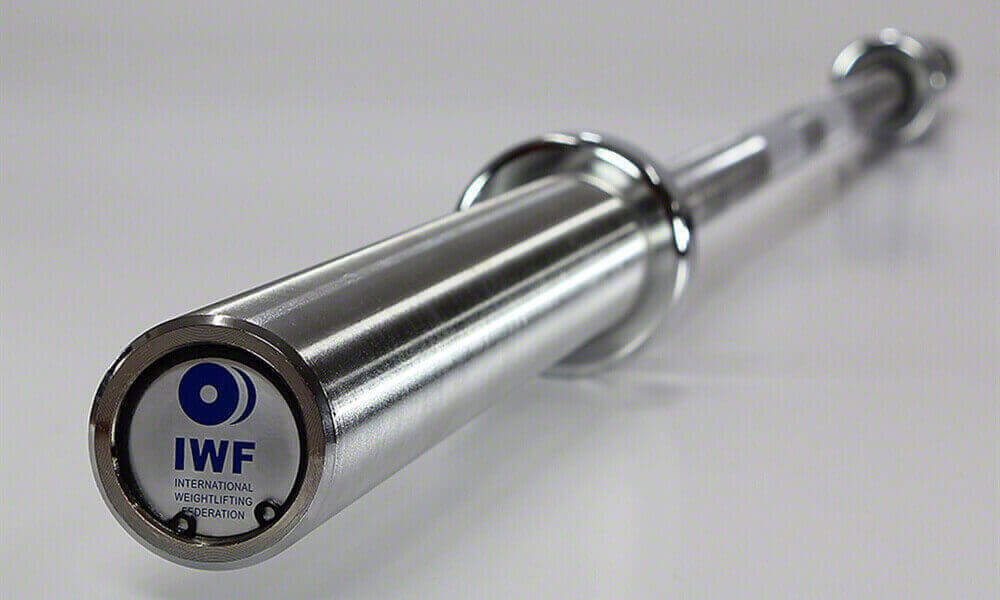Have you ever wondered what’s the difference between decorative chrome or hard chrome plating? People are attracted by the shiny, reflective surface that chrome can provide. The mirror-like finish can give a clean, high-end look to whatever it adorns, mesmerizing all who see it. Many people have misconceptions about chrome and do not understand the difference hard-chrome plating, nickel-chrome plating.
Chromium is about the same hardness in both decorative chrome and hard chrome plating, about 800 to 1000 VHN (which is incredibly heavy). The main difference is found in the thickness of the deposit.
Chrome plating (less commonly chromium plating), often referred to simply as chrome, is a technique of electroplating a thin layer of chromium onto a metal object. The chromed layer can be decorative, provide corrosion resistance, ease cleaning procedures, or increase surface hardness.
Hard chrome plating involves a considerably thicker layer. This can amount to several millimetres, depending on the application concerned. Decorative chrome plating, by comparison, consists of a finish that is only a few thousandths of a millimetre thick. Hard chrome plating is applied with thicknesses of between 5 and 500 µm, depending on the mechanical stress and chemical corrosion to which the plated workpiece is likely to be exposed.
Hard chrome plating involves heavy coatings of chromium in order to provide wear resistance, oil retention and lubricity. It is not decorative and is instead used to add durability to such things as piston rings, hydraulic cylinder rods, thread guides and molds. It derives its name from its measurable thickness and is normally applied to steel substrates. While it is metallic and shiny, it is not a decorative finish. Hard chrome plating is a good option for wheels or bumpers.
Nickel-chrome plating Also called decorative chrome plating involves electroplating a thin layer of nickel onto the item before the chrome layer is plated onto it. Copper may also be electroplated on the item prior to the application of the nickel. The layer of nickel adds smoothness, reflectivity and corrosion resistance. The chrome layer that is applied on top of it is very thin, measuring in the millionths of an inch. The appearance of decorative chrome primarily comes from the nickel plating. The thin layer of chrome that is applied on top of it will give a slight blue hue while the nickel underneath is more yellow. The chrome layer helps to protect against scratches and tarnish and adds to the corrosion resistance. Without the nickel layer, the finish would not be decorative, reflective and rust-resistant.
Neither, can hard chrome plating be an alternative to decorative chrome plating, nor can decorative chrome plating be an alternative to hard chrome plating. Decorative chrome plating is solely meant for visual purposes of an object whereas hard chrome painting is solely meant for durability purposes of an object. Decorative chrome plating increases the visual appeal of an object, while hard chrome plating increases the durability of the object.

